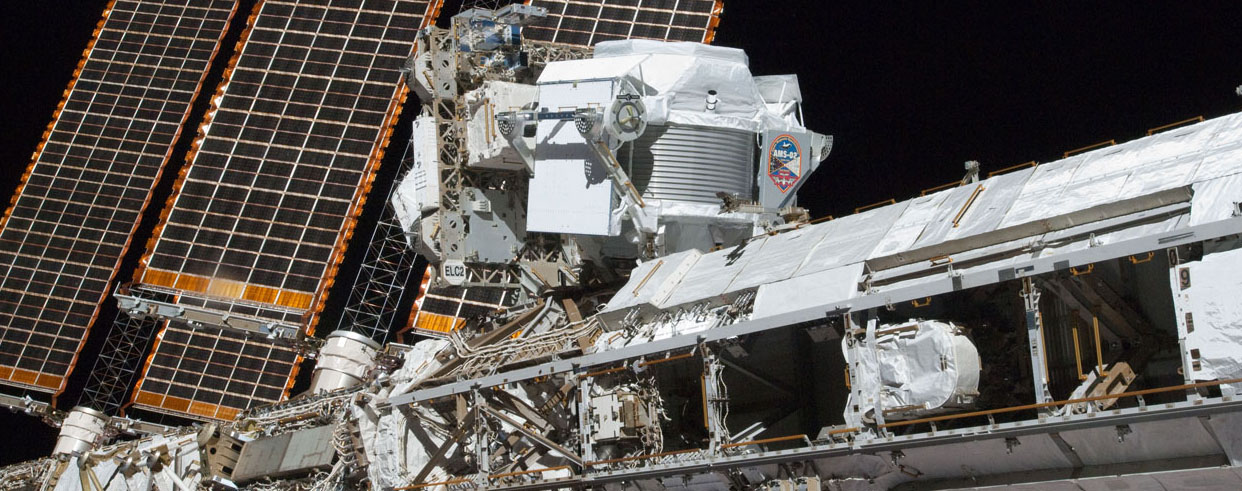Speaker
Prof.
Subir SARKAR
(Oxford, Niels Bohr Institute)
Description
Just as searches for BSM physics at the LHC necessitate a careful audit of SM backgrounds, the search for signals of dark matter in cosmic rays must contend with production of secondaries like e+ and pbar through cosmic ray propagation in the Galaxy. The theoretical framework for calculating this has however not been directly calibrated at the high energies being explored by AMS-02 and there may be surprises in store. In particular a nearby source where cosmic rays are being accelerated stochastically can naturally generate a e+ fraction rising with energy as is observed. The test of this is the expected correlated rise in other secondary/primary ratios e.g. B/C and pbar/p. Such a nearby cosmic accelerator should also be detectable through the concomitant flux of neutrinos and its discovery would be (nearly!) as exciting as that of dark matter.
